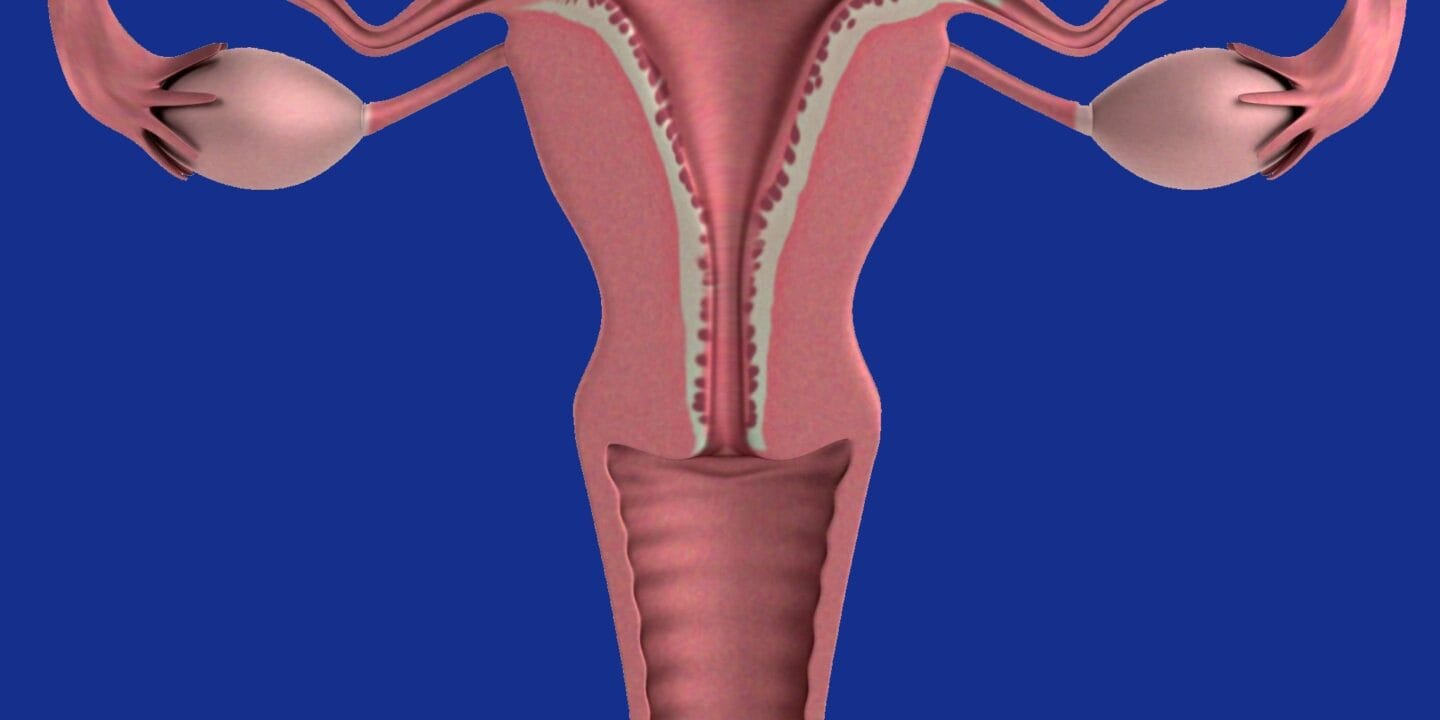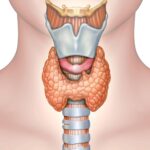- Home
- GYNECOLOGY/OBSTETRICS
- Endometrial Hyperplasia

Endometrial hyperplasia is a condition in which there is an abnormal thickening of the endometrium. The endometrium is the layer of the cells that line the inside of the uterus.
Endometrial hyperplasia is linked to;
Prolonged estrogen stimulation of endometrium by
- Anovulatory cycle.
- Increased estrogen production.
Risk factors
- Menopause.
- Polycystic ovarian disease.
- Functioning granulosa cell tumor of the ovary.
- Excessive cortical function (cortical stroma hyperplasia).
- Prolonged administration of estrogen substance.
Classification of endometrial hyperplasia
- Lower-grade (simple) hyperplasia.
- Higher grade (atypical) hyperplasia
Lower-grade include
- Anovulatory epithelium.
- Less commonly subtle endometrial intraepithelial neoplasm(EIN)
Higher grade;
- Has atypical glands(gland crowding)
- Increase in size, numbers, and complexity
- PTEN mutation associated with intraepithelial neoplasm and cancer.
Factors supporting the close relationship between endometrial hyperplasia and cancer
- Both are linked to obesity and the anovulatory cycle.
- Endometrial cancer is rare in women with ovarian agenesis(also castrated early in life).
- Prolonged administration of DES may produce hyperplasia and cancer.
- Estrogen replacement therapy is associated with increased risk.
Clinical manifestation
The primary symptom is abnormal menstrual bleeding which presents as;
- Menstrual bleeding that is heavier or longer-lasting than usual
- Menstrual cycles that are shorter than 21 days
- Menstrual bleeding between menstrual periods
- Amenorrhea pre-menopause
- Post-menopause uterine bleeding
Diagnosis
- A transvaginal ultrasound is done to measure the endometrium
- An endometrial biopsy to confirm or rule out endometrial cancer
- Hysteroscopy to examine the uterus for abnormalities and take a targeted biopsy
Complications
- Anemia which is caused by heavy bleeding
- Untreated endometrial hyperplasia can become cancerous.
Treatment and management
- Hysterectomy – surgical removal of the uterus
- Progestin treatment such as oral progesterone therapy, progesterone hormonal intrauterine device, and injection.












